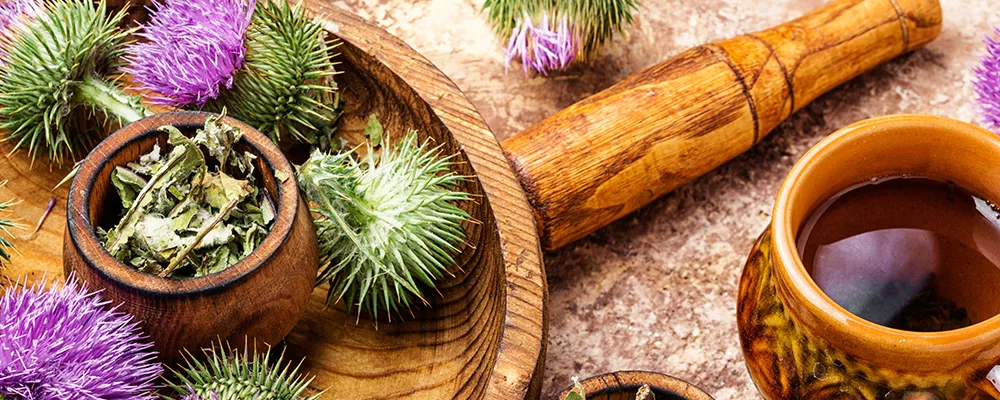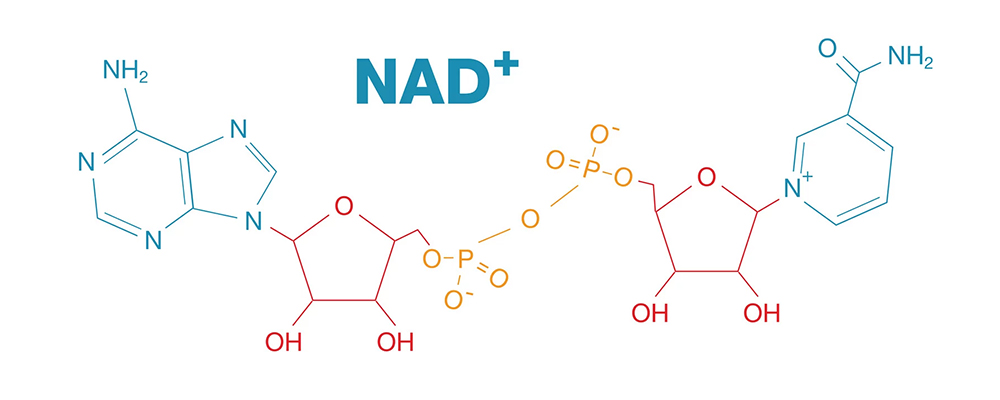Milk Thistle: Antioxidant Powerhouse

Antioxidant, Liver Protector and NAD+ Regenerator
Non-Alcoholic Fatty Liver Disease (NAFLD) is the most common liver disease in the US. It’s caused by metabolic conditions such as insulin resistance, diabetes type 2, and being overweight. Cirrhosis, or permanent and irreversible damage, occurs in about 10-15% of these cases, which is why it’s important to assess liver health on a regular basis, and implement preventive treatment strategies promptly. In my practice, I believe optimal range for liver enzymes is within the middle of the reference range, which is about 20 IU/L. Towards the upper end of the reference range (above 30 IU/L), although this may be “inside the reference range,” is not ideal, and can be suggestive of the early stages of NAFLD.
What is metabolic condition?
This is when the normal processes in your body (your metabolism) that turn food into energy for your body to maintain optimal health don’t work correctly. For example, in a condition like diabetes type 2, an individual has difficulty using glucose to make energy. It’s as if the body’s energy-making machine is broken, which results in things like abnormal storage of energy into extra fat which then gets stored in the liver. (Side Note – this is also why having muscle is so important, as the muscles are where extra calories get stored first, as glycogen. Once the muscles are full, the liver is next in the chain of storage).
Silibinin, a natural compound in milk thistle with antioxidant and liver-protective properties, has been researched for its potential benefits in various liver-related conditions, and has been proposed as a potential treatment for NAFLD. Some research has found that silibinin restores NAD+ levels, reduces oxidative stress, and induces the SIRT1/AMPK pathway, which plays a role in metabolic regulation.
What is NAD+?
Many diseases, and even the aging process, are associated with a decline in NAD+ levels. NAD+ homeostasis is a crucial factor in the development of NAFLD. NAD+ plays a protective role against metabolic diseases (including insulin resistance, diabetes type 2, metabolic syndrome and cardiovascular disease).
If you’d like to learn more about NAD+ click here.
What is the SIRT1/AMPK Pathway?
Imagine SIRT1 and AMPK are your 2 very important bodyguards. SIRT1 is like a guard that helps your body stay in good shape, fixing problems and repairing broken things. AMPK manages your energy and makes sure you have enough of it for every task you complete. Your 2 bodyguards use teamwork to communicate with each other to make sure everything runs smoothly.
As you can see, when it comes to metabolism, silibinin accomplishes a lot! Due to its ability to positively influence NAD+ homeostasis and the SIRT1/AMPK pathway, research has found silibinin to be a promising molecule for the treatment of NAFLD.
References:
Salomone, Federico; Silibinin Restores NAD+ Levels and Induces the SIRT1/AMPK Pathway in Non-Alcoholic Fatty Liver; Journal of Nutrients; 2017.

